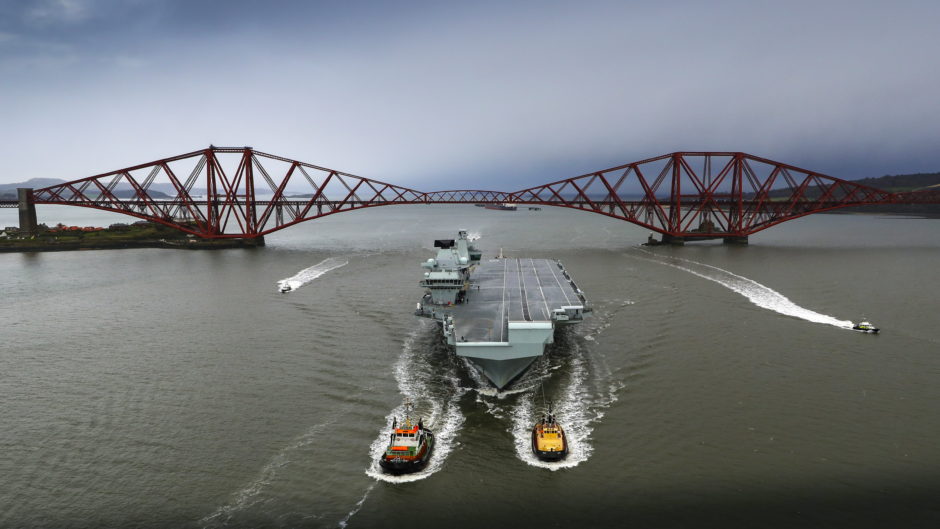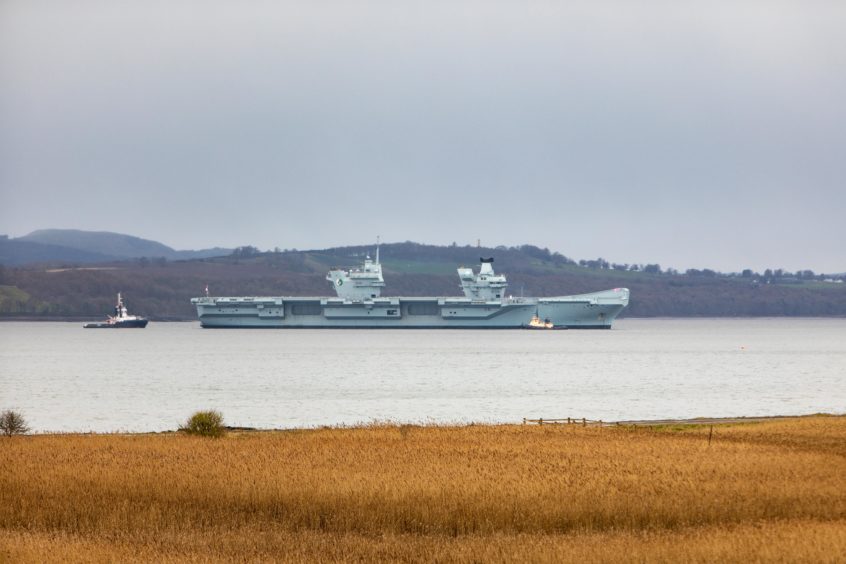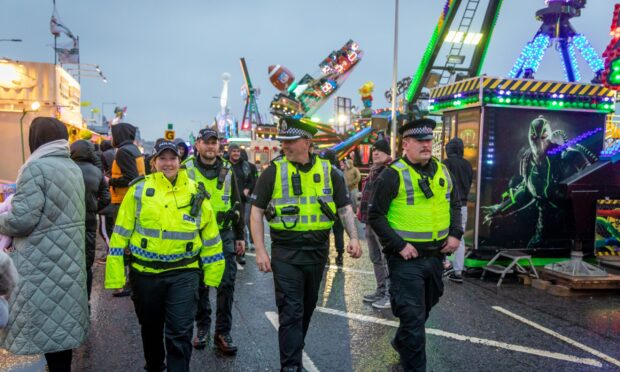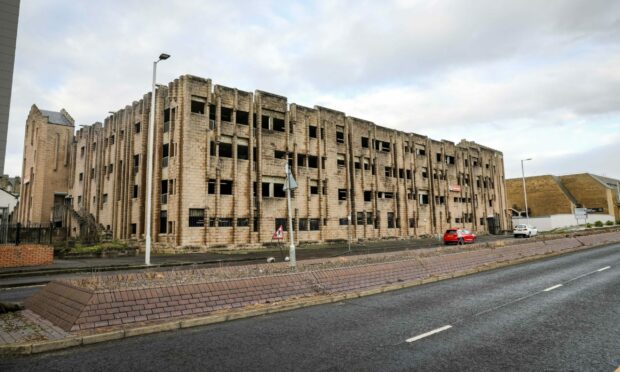HMS Queen Elizabeth has sailed under the Forth bridges once more, as she returns to her birthplace in Rosyth for planned maintenance.
The 65,000-tonne aircraft carrier was floated in July 2014 and sailed from Rosyth dockyard for the first time in June 2017.
Since then she has crossed the Atlantic to conduct historic trials with F35 Lightning test fighter jets in America and worked towards her official in-service date of 2020.
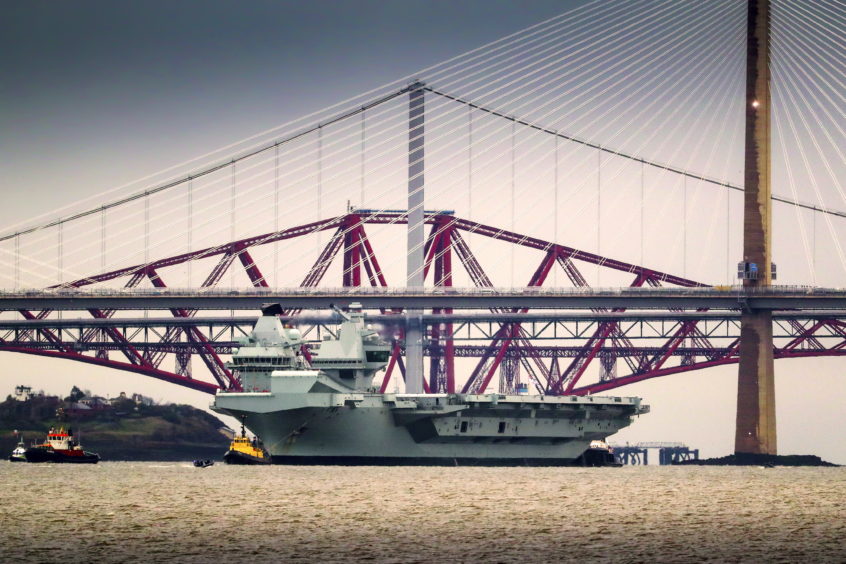
Sailing back into Scottish waters, her Commanding Officer, Captain Nick Cooke-Priest said: “A lot of water has already passed under our keel since we left Rosyth in 2017.
“Our return here is yet another first for HMS Queen Elizabeth and another important step on her journey as Britain generates a big deck carrier strike capability”.
— HMS Queen Elizabeth (@HMSQNLZ) April 3, 2019
Well that wasn't your typical morning commute!
Three bridges, two Queen 's and a Prince @HMSPWLS
Safely back to where it all began.#Rosyth #Scotland pic.twitter.com/elssoHuew1
— HMS Queen Elizabeth (@HMSQNLZ) April 3, 2019
Having lowered her pole mast to get under the three iconic Forth bridges, the ship is now waiting for the right tidal and weather conditions to manoeuvre safely through the lock into Rosyth dockyard.
It will be a tight squeeze – equipped with a specially designed roller-fender system, there will be just one metre clearance each side of the ship, and just over one metre separating the keel from the entrance sill.
She will then be taken through the inner basin, back into the dry dock where she was pieced together, edging past her younger sister, HMS Prince of Wales which is scheduled to leave Rosyth for the first time later this year.
This dry-docking period is mandatory.
An inspection will be carried out on her 920-foot-long hull, with any defects being rectified and marine growth removed.
The head of marine engineering on board, Commander Mark Hamilton, said it was a significant, but necessary job.
“This routine maintenance will include changing many of the large underwater valves, inspecting the rudders, propellers and stabilisers, as well as cleaning and touching up the underwater paint scheme.
“Having completed this work, HMS Queen Elizabeth should not have to dry dock again for another six years.”
When the docking period is complete HMS Queen Elizabeth will sail to conduct further sea trials and training ahead of deploying again later this year.
She will conduct Westlant 19 – the name of the next phase of operational testing where she will embark British F35 jets, following on from last year’s successful developmental tests.
She will deploy operationally for the first time in 2021.
